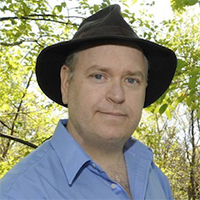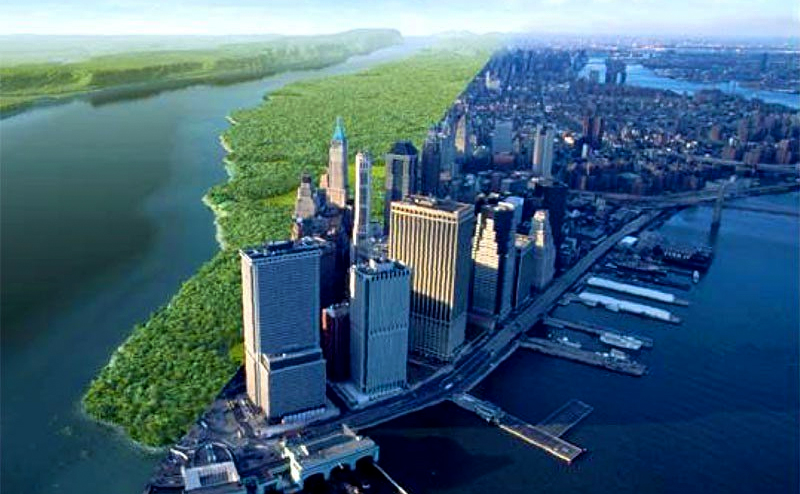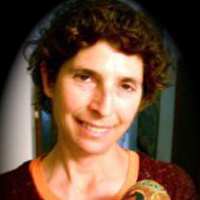Eric Sanderson

By examining historical maps and archeological records in combination with geographic computer modeling and scientific sleuthing, Eric Sanderson has reimagined the old growth forests, wetlands and meadows that Henry Hudson saw when he first arrived on the shores of Manhattan in 1609. A landscape ecologist with the Wildlife Conservation Society, Sanderson works at the boundary of ecology and geography, but informed by a background in literature and an interest in history.
In his day job at WCS (formerly the New York Zoological Society) he focuses on planning conservation of wildlife, including lions, tigers, bears, jaguars, tapirs, peccaries, American crocodiles, North American bison and Mongolian gazelle to date. He also studies wild places in Argentina, Tanzania, Mongolia, and the Yellowstone and Adirondack parks in the United States. He has also created what he calls Human Footprint and Last of the Wild, the first ever visual representation of modern humanity’s impact on its only planet at less than one square mile resolution. His conservation efforts have been featured in National Geographic Magazine, the New York Times, Der Spiegel and Ranger Rick. He has edited two scientific books and written numerous scientific papers, in addition to his just-published book, Mannahatta: A Natural History of New York City.
Sanderson received his Ph.D. in ecology from the University of California, Davis. He also holds a Bachelors of Arts and Science in English literature and Biochemistry from Davis. He joined the Wildlife Conservation Society in 2000 and is currently Associate Director in the Living Landscapes Program.







 Share
Share








